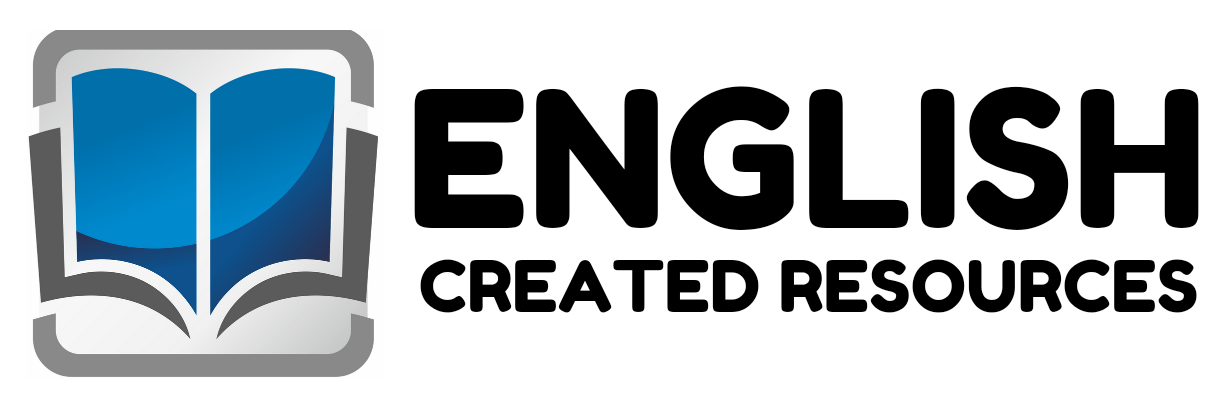Thanksgiving Turkey Numbers 1-10 Match

Thanksgiving Turkey Numbers 1-10 Match
Thanksgiving is a wonderful time of year for preschool classrooms. It’s full of joy, gratitude, and opportunities to blend learning with celebration. One of the most engaging and educational Thanksgiving-themed activities for preschoolers is the “Turkey Numbers 1–10 Match”. This simple yet powerful activity helps young learners strengthen early math skills, improve their focus, and enjoy the spirit of Thanksgiving in a creative and meaningful way. Through colorful turkey designs and number games, children can build a strong foundation for future mathematical success while having fun at the same time.
The Turkey Numbers 1–10 Match activity is especially valuable for teaching number recognition. At the preschool stage, children are still developing their understanding of what numbers mean and how they represent quantities. By matching numbers to pictures of turkeys or to sets of feathers with the correct number of dots, kids get to visually connect the symbol of the number with its quantity. This connection is essential because it helps children move from simply memorizing numbers to truly understanding what they represent. Each time a child correctly matches a number with its corresponding turkey or feather group, they reinforce their ability to identify numbers confidently and quickly.
This activity also enhances counting skills and one-to-one correspondence, which are foundational to all future math learning. When preschoolers count turkey feathers, dots, or Thanksgiving objects like pumpkins and corn, they practice counting in order while linking each number to one specific object. For example, counting and attaching ten colorful feathers to a turkey body helps them see that the last number said represents the total number of feathers. This concept might seem simple, but it forms the backbone of addition, subtraction, and problem-solving later in school.
Another important benefit of the Turkey Numbers 1–10 Match activity is that it builds fine motor skills. Preschool children are still developing hand strength and coordination, so handling small paper pieces, gluing, or clipping feathers to a turkey provides valuable practice. These movements strengthen the small muscles in their hands and fingers, which later help them with writing, cutting, and other daily tasks. Teachers can make this activity more hands-on by allowing children to color the turkeys, cut out number cards, or attach feathers with clothespins. The more tactile and interactive the experience, the stronger their fine motor development becomes.
In addition to math and motor skills, this activity supports cognitive development and concentration. Preschoolers often have short attention spans, but matching numbers in a colorful and engaging Thanksgiving-themed game keeps them focused and motivated. As they look for the correct match or count carefully to make sure the number fits, they’re practicing attention to detail and problem-solving. These cognitive skills are not only useful in math but also in literacy, science, and social situations as they grow older.
The Thanksgiving Turkey Numbers 1–10 Match is also a perfect way to integrate social and emotional learning. When done in pairs or small groups, children learn to share materials, take turns, and help one another. This creates a cooperative learning environment where they feel a sense of accomplishment and community. During Thanksgiving season, it’s especially meaningful to emphasize these values—kindness, sharing, and gratitude. The turkey theme becomes more than just a math activity; it becomes a way to connect the lesson with the spirit of thankfulness and togetherness.
Moreover, this activity can be a powerful tool for language development. Teachers can encourage preschoolers to talk about what they’re doing: “I found number five!” or “This turkey has three feathers.” Using descriptive language and number words helps children practice vocabulary, sentence structure, and communication skills. By discussing numbers, quantities, and Thanksgiving items, they’re learning to express ideas clearly and confidently. Teachers can extend this by adding storytelling—asking children to describe their turkey, make up a short Thanksgiving tale, or count things they are thankful for.
From a teacher’s perspective, the Turkey Numbers 1–10 Match is also easy to customize for different learning levels. Younger preschoolers can focus on numbers 1–5, while older ones can go up to 10 or even 20. Teachers can introduce more complex variations like color matching, addition pairs, or counting feathers by twos. This flexibility allows educators to adapt the activity to meet each child’s learning needs while keeping the Thanksgiving theme exciting and fun.
Get More Thanksgiving Activities Here
Finally, this type of hands-on activity nurtures creativity and imagination. Preschoolers love to decorate their turkeys with feathers, stickers, and bright colors. They can express their personalities while practicing important math skills, which makes learning more meaningful. When children feel proud of their colorful turkey creations, they’re not only learning math—they’re also building confidence and a positive attitude toward school and learning in general.
In summary, the Thanksgiving Turkey Numbers 1–10 Match is much more than a simple holiday craft. It is a joyful blend of math, fine motor practice, creativity, and emotional learning. It teaches preschool children to recognize numbers, count accurately, strengthen their hands, focus their attention, and express gratitude—all through the cheerful image of a Thanksgiving turkey.
Thanksgiving Turkey Numbers 1-10 Match. At English Created Resources, educators and parents can find high-quality, free printable materials to support activities like the Thanksgiving Turkey Numbers 1–10 Match. These resources are thoughtfully designed to make learning engaging, fun, and educational for preschoolers. By providing free access to themed activities, English Created Resources helps teachers bring the joy of Thanksgiving into their classrooms while building essential early math and literacy skills for every child.
Samples from the Activities












